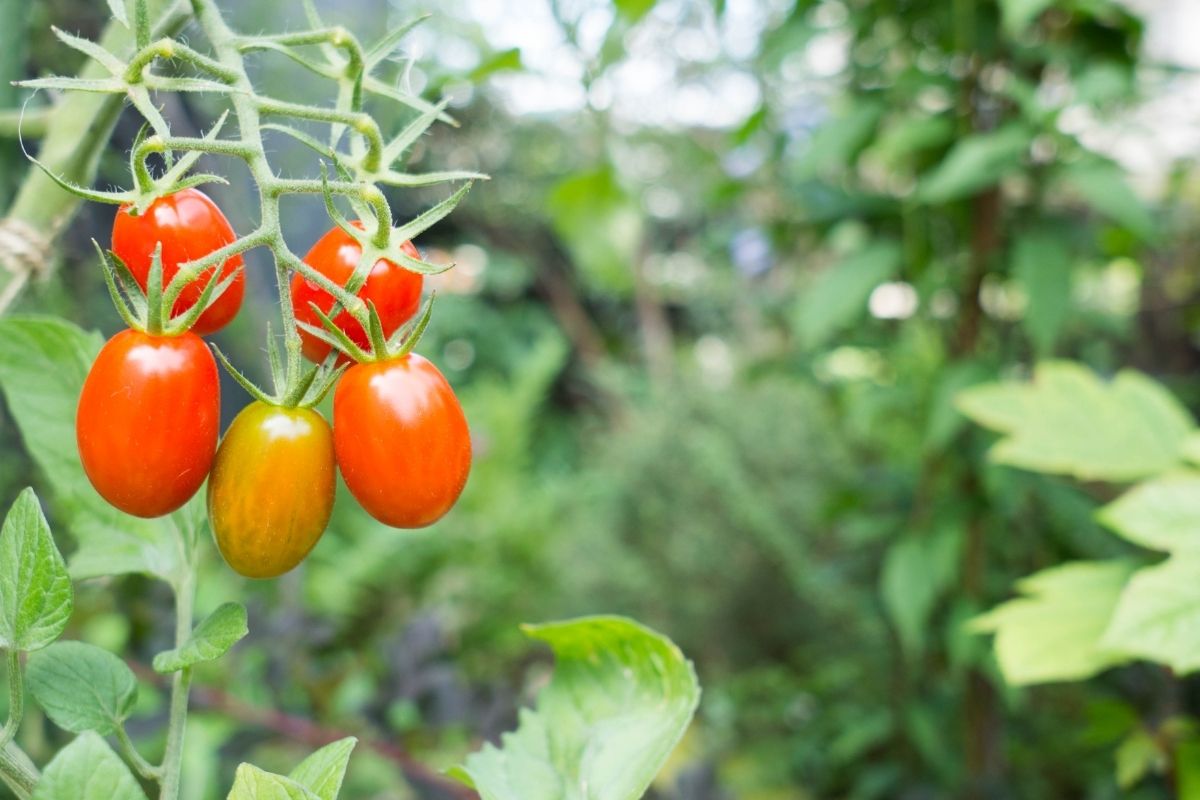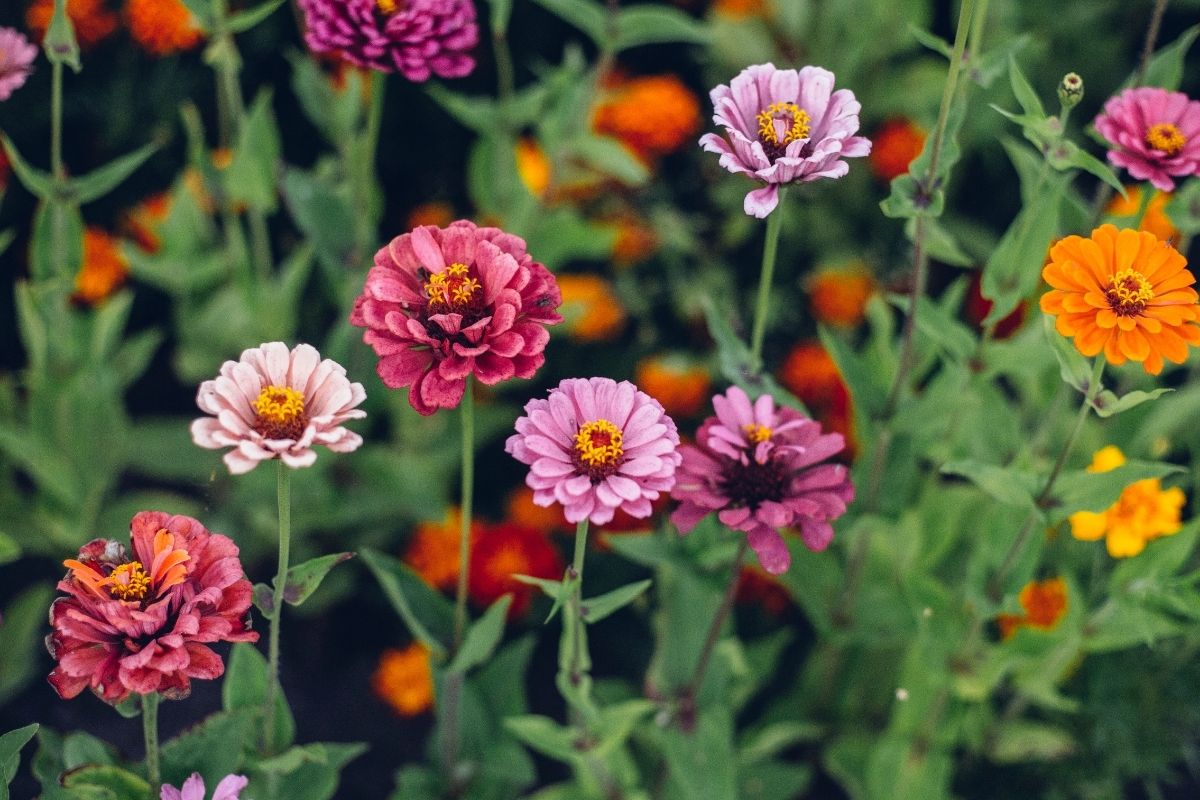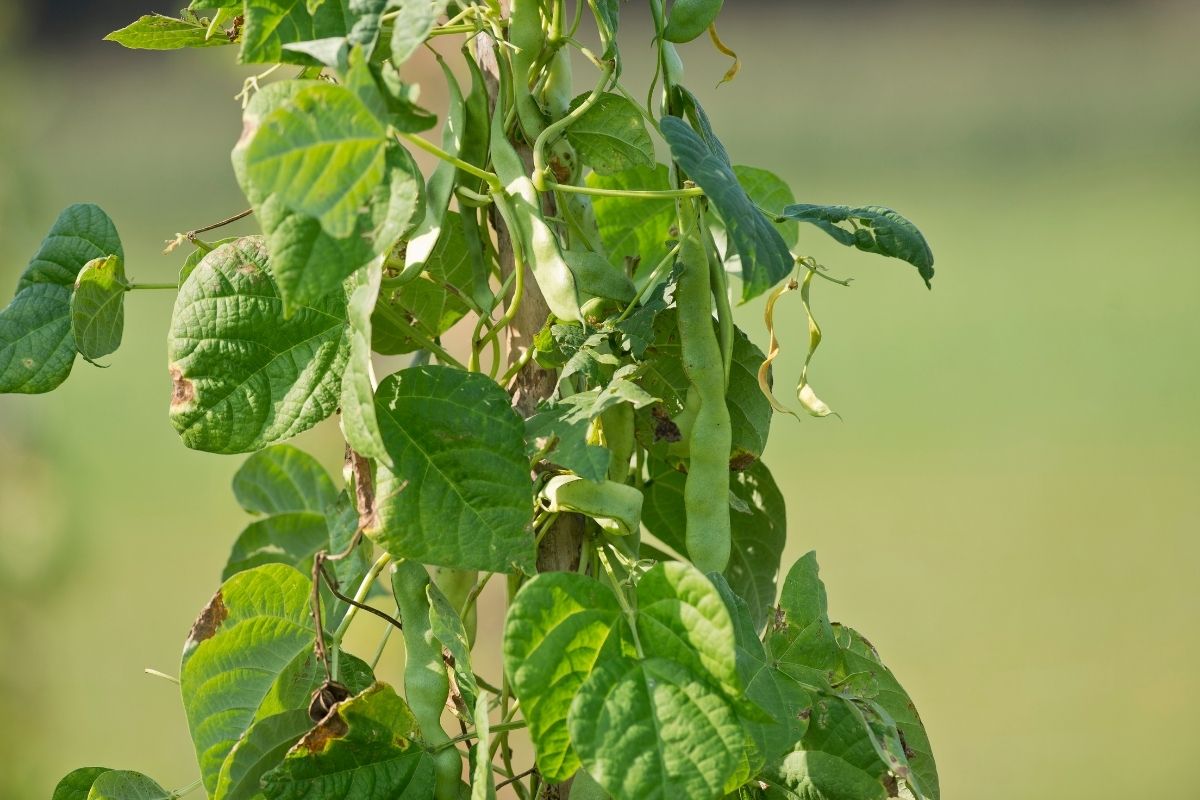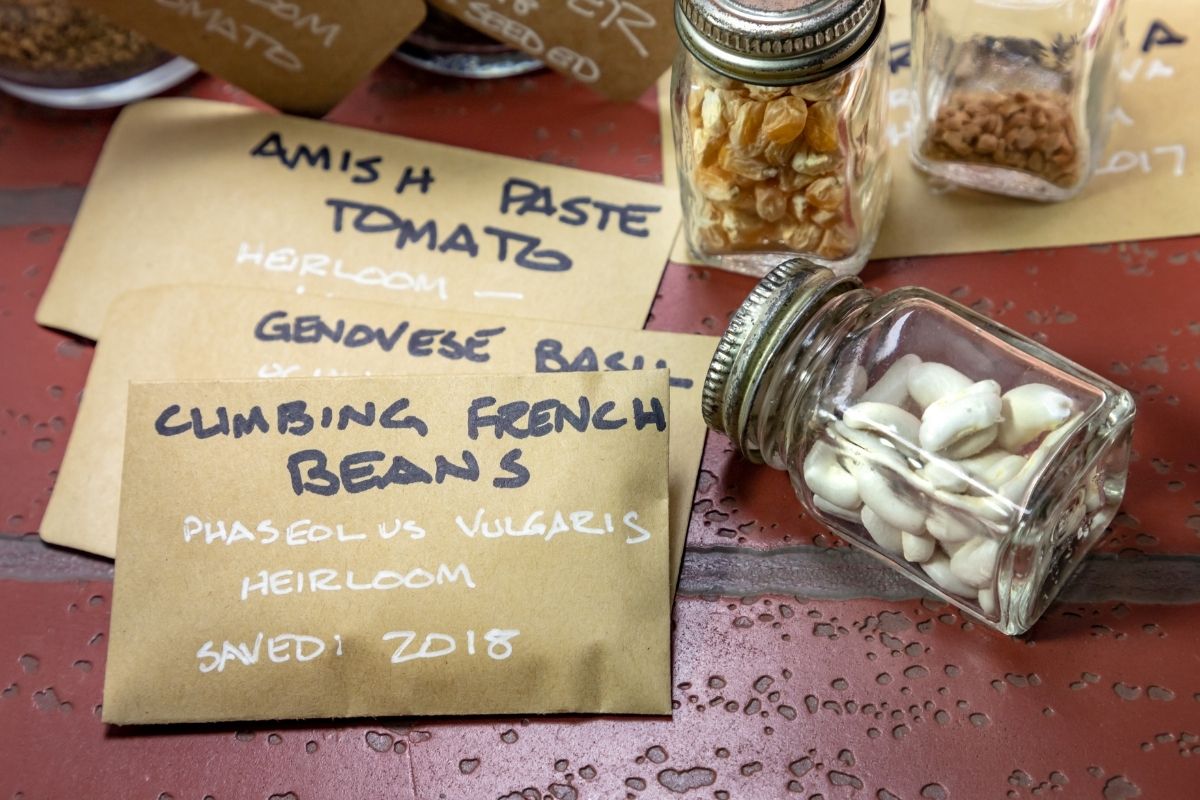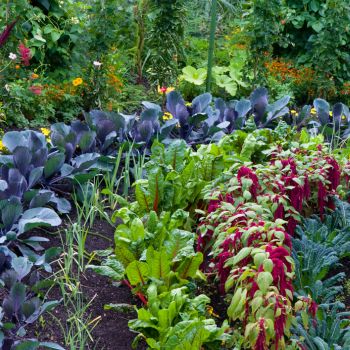Late summer is a very productive time in the garden, with warm-season vegetables and herbs ready to harvest. Cucumber, zucchini, beans, corn and of course tomatoes are the rewards for your work earlier in the season. Enjoy eating fresh from the garden and preserve or share any excess you produce.
It won't be long before it's time to remove spent summer crops and prepare the soil for a new season of growing. Don't be afraid to let herbs and greens go to seed as they finish producing. The flowers are often attractive to beneficial insects, and you'll have the bonus of being able to save some seed to plant next year.
It's also time to plan your autumn and winter patch so plants have time to establish before cooler weather arrives. Don't forget to include some flowers in your winter plans to brighten up the garden and provide nectar for bees during the cooler months.
Happy gardening!
Seeds to Sow in February
Click the links below for a larger list of seeds that can be sown now in each climate.
▩ Cold Climate: Tasmania, Melbourne, Mt Gambier, Canberra, etc.
▩ Moderate Climate: Sydney, Perth, Adelaide, etc.
▩ Warm Climate: Brisbane, Bundaberg, Carnarvon, etc.
▩ Tropical Climate: Broome, Darwin, Cairns, Townsville, etc.
▩ Not sure which climate? Click here.
Garden Tips for February
Protect plants from heat: Water in the early morning or late afternoon so that the water is used by the plant and doesn't just evaporate from the surface of the soil. Avoid transplanting seedlings, pruning and mowing lawn in extreme heat. Do not spray or fertilize when very warm temperatures are expected as the risk of burning plant's leaves or roots is much greater in hot weather.
Prune smartly: Flowering shrubs can be pruned by up to a third after they have finished flowering. Choose a dry day and use clean secateurs or loppers. But take care if you live in an area that's likely to get more days of extreme heat. If leaves have been burnt it's often better to leave the damaged leaves on the plants until March - they will shade and protect vulnerable new shoots.
Manage sunscald: Sunscald will show up on fruit such as tomatoes, capsicum and eggplant as white marks or blisters that often become mouldy. Young, unripe fruit are most susceptible. Do not prune leaves of tomatoes; they will help to shade and protect the fruit. Cover plants with a light fabric on very hot days to protect them. Removed damaged fruit and put it in the compost before mould can develop.
Save seeds: The end of summer is the best time to try your hand at seed saving. Some of the easiest flower seeds to save are sunflower, calendula and zinnia. Choose your best plants and let a few flowers dry naturally on the plant before removing the seeds. Beans are one of the easiest vegetable seeds to save. Leave a few pods on your best plants to dry naturally. Once they begin to split open, remove the seeds and make sure they are totally dry. Store seeds in a cool, dry place.
Sow cool season crops: It's time to raise seedlings of cool season vegetables so they're ready to plant out in autumn. Sowing seeds now will give plants time to grow to a good size before cool weather slows them down. Brassicas, carrots, beetroot and leek can all be sown now for harvest during autumn and winter.
